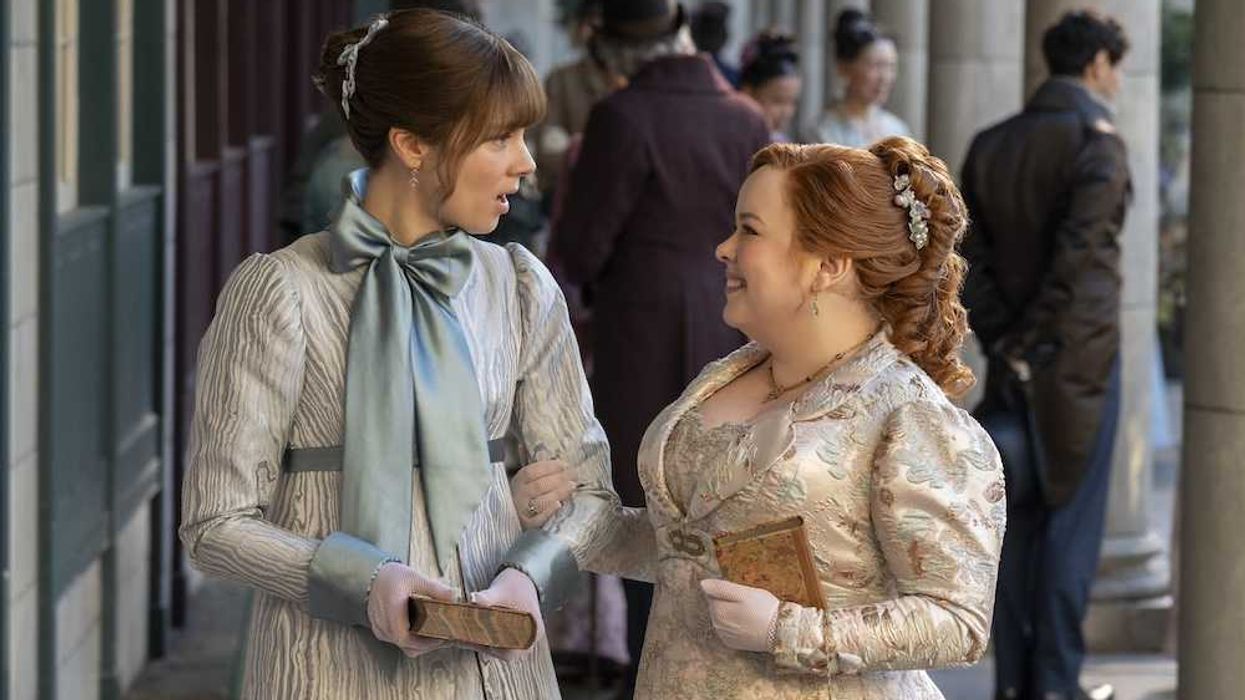You can forgive and forget, but there's more than one way to approach things.
5 Ways To Forgive Someone Without Forgetting

Stephanie Nieves is a writer, editor, teacher, and personal empowerment enthusiast from Spanish Harlem in NYC. She studied writing and rhetoric in college, then went on to teach ELA and writing to middle and elementary school students. Her work has been featured in Business Insider, Thought Catalog, FGRLS Club, Grown Magazine, and a number of literary magazines. When she's not writing, you can catch her watching reruns of RuPaul's Drag Race or ordering an overpriced dirty chai latte at Starbucks. You can connect with her on wordchefsteph.com.
We’ve all heard the mantra, “Forgive and forget,” but let’s be honest here — it can be extremely difficult to forget when we’ve been hurt. In fact, that rhetoric is a bit harmful because it encourages us to erase what we’ve learned from our painful experiences. Rather than acting like we haven’t been hurt, it’s even more powerful to acknowledge the pain, take steps to heal, and move forward with compassion and grace. So how do we get there?
I don’t have all the answers, but I spoke to two mental health professionals who do. Naiylah Warren, LMFT and Clinical Content Manager at Real, and Kobe Campbell, a Licensed Trauma Therapist and author of the debut book, Why Am I Like This?: How to Break Cycles, Heal From Trauma, and Restore Your Faith, shared their advice with me on forgiving without forgetting. Here’s what they had to say.1. Practice acceptance.

Image via Tanner Vote / PEXELS
Before you can start to heal, you must learn to accept what took place. Betrayal might come as a surprise to you, so it’ll likely take time to accept what happened. Be patient during this step, and take all the time you need for it to sink in.
Warren says, “As hard as it is, acceptance is what forgiveness is all about. When you can accept someone’s actions, it frees up emotional space for you.” To reiterate, it doesn’t mean you like or condone the person’s actions; it simply means you acknowledge what happened and refuse to be in denial about it.
“When we aren’t practicing acceptance, the situation can end up taking a lot of mental and emotional space for us,” she adds. “We can work to actively practice acceptance by reframing those thoughts that seek to blame or shame the person, and by affirming our reality in a compassionate way.”
2. Ask yourself if you actually want to forgive.

Image via SHVETS production / PEXELS
Sometimes, forgiving someone can feel like excusing their actions, but I want to be clear: that is not the case. Forgiveness is a form of self-care. It allows you to stay soft and compassionate, while the lesson is being learned. You don’t forgive the person for their peace of mind — you forgive them for yours.
“Make sure you want to forgive for your sake and not for the sake of what people will think of you if it takes longer than they expect,” Campbell shares. “Forgiveness is deeply personal and often takes time. Don’t rush into the appearance of forgiving at the expense of actually forgiving.”
Campbell also shares that you can forgive without reconciling the relationship. “Forgiving doesn’t require reconnecting at all. Clarify whether you want to release that person in your heart, reconnect with them in your life, or both.”
3. Give yourself time to grieve.

Image via Liza Summer / PEXELS
Your feelings are absolutely valid, and they’re not going anywhere until you give yourself the opportunity to actually experience them. “Allow yourself to feel whatever arises and know that feeling sad, angry, or frustrated at the effects of someone’s behavior does not mean you can’t or won’t forgive them,” Campbell says.
When we try to skip the grieving stage, we're likely to face triggers that force us to address or suppress our feelings at some point. Rather than delaying the healing process, Campbell says we should acknowledge what we’ve lost. “When we grieve, we take inventory of all that we’ve lost in painful situations as we acknowledge their value,” she elaborates. “We must let ourselves feel the weight of the loss to truly step into forgiveness. When we don’t acknowledge what we’ve lost, we can experience shame and resentment.”
4. Offer the other person compassion and grace.

Image via Thirdman / PEXELS
It’s true what they say: “Hurt people hurt people,” and since healing can be hard, some people respond to their own pain by hurting others. These people are crying out for compassion and grace. This doesn’t mean they should be allowed to get away with what they did — it just means they haven’t had a chance to heal themselves. It can help to think of yourself as the trigger, not the target, and decentralize yourself from the situation.
“Allowing yourself to show the other person some compassion can help you to uncast them as the villain in your story,” Warren says. “You don’t have to understand why they did what they did or make excuses for their actions, but offering them compassion humanizes them, which will help you move forward.”
5. Identify your next steps.

Image via cottonbro studio / PEXELS
You may feel powerless in a painful situation because you were hurt. That’s a natural feeling to have. But you can take back your power by deciding how you want to move forward with the person who hurt you.
“This can look like restoring, repairing, or releasing the relationship,” Warren says. “There are some behaviors that you just don’t have to tolerate and that doesn’t mean you don’t forgive them; it simply means, you have made a choice about how to move forward based on how that person has shown up.”
Nobody said it was easy, but these five steps towards forgiveness could be the difference in what weighs you down and what lifts you up. Let's dig in, do the work together, and float on. 💞
Sign up for our newsletter for more helpful tips on navigating relationships.
Header image via Polina Tankilevitch / PEXELS



















